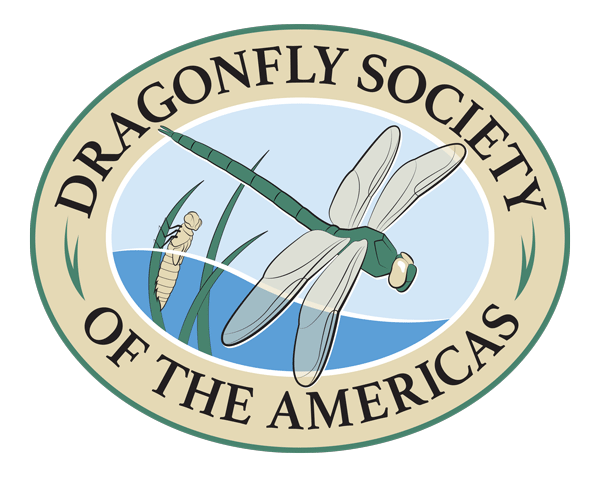Polythore ornata male. Pampa Hermosa Sanctuary, Peru (photo copyright Melissa Sanchez Herrera)
Polythore ornata male. Pampa Hermosa Sanctuary, Peru. (photo credit to Melissa Sanchez Herrera)
Polythore ornata female Pampa Hermosa Sactuary, Peru (photo credit Melissa Sanchez)
Preferred Polythore habitat. (Casada Pacha, near Pozuzo, Melissa Sanchez Herrera)
Our Peruvian van, somewhere on the road near Pozuzo. Melissa Sanchez Herrera
November’s Featured Species: Polythore ornata
This month’s DSA species’ focus is Polythore ornata. They are in the Neotropical family Polythoridae, commonly known as banner-winged damselflies. A medium to large sized damselfly, measuring 39-65 mm), they are known from Peru’s eastern Andean foothills. Polythore ornata males display an array of beautiful wing colors, such as white, orange and black, while the wings of females are almost hyaline or translucent. Read on to hear DSA President Melissa Sanchez-Herrera tell her story of her and Chris Beatty’s adventures chasing this delightful species.
Peruvian Music: The Soundtrack to Damselfly Fieldwork
In 2013, I received a National Geographic/Waitt Foundation Explorer Award to travel across South America, looking for Polythore damselflies. In September of that year, Chris Beatty and I met in Lima and stayed in a small hotel near the Natural History Museum of la Universidad Catolica. There, we hired a van and driver to take us across the Andes towards the Central Amazon for three weeks.
Our driver, Saul, was only about 19 years old, but had his license. When we arrived at the high elevation town of Tarma (around 10,000 ft or 3000 meters above sea level), just over the peak of the Andes, Saul began pulling to the side of the road and asking passersby how to find the road to La Merced. After a couple of these conversations Chris and I realized that Saul had no idea how to get to our first stop, Oxapampa. Thankfully we had printed maps and books of the Peruvian roads.
Chris and I spent five five days exploring the rivers and streams around the small community of Pozuzo, a village perched along the river of the same name. There, we collected several Polythore species. Next, we went looking for Polythore ornata in the Pampa Hermosa Sanctuary, near La Merced township. Besides Saul's questionable driving skills, he blasted Peruvian music while driving and as he waited for us. Chris and I were relieved when we arrived at La Merced, where we left Saul at a hotel for three nights and took a 4x4 pickup to our accommodations in the cloud forest. Yay! No more blasted music… at least, for a few days.
Our wonderful lodge had hot water; a luxury not always available in the field. Despite the cloudy and rainy weather, we were able to find Polythore ornata males, females and nymphs of this wonderful species. During rare cloudbreaks, we saw these magnificent and colorful damselflies flying along the trails we walked through, making the most of the sunshine. In flight, they look like butterflies. We observed them hunt and fight for territories, but unfortunately we saw no mating behavior.
We also saw the bird Rupicola rupicola, known in English as the “Cock of the Rock,” lekking near our field site, going through its elaborate courting calls and displays--a rare treat for any naturalist to experience.
To our surprise, as we collected damselflies, we sang Saul’s Peruvian tunes! We missed him! Now everytime Chris and I look at our photos and specimens of Polythore ornata, Saul comes to mind. Our inside joke is to sing “mi corazón,” (which means “my heart”), a very common pop song term from Saul’s collection.
After three days, we returned to La Merced to meet Saul. We discovered he had gotten into trouble with the police! He was driving in the wrong direction on a major street in town while looking for fuel. When stopped, Saul fought with the police and was taken into police custody. Our van was towed. After this situation was resolved, we began our trip back to Lima.
A strange whining noise began coming from the back of the van. Chris turned to me and said “That sounds like a tire that is going bad.” Saul, with his tunes blasting at top volume couldn’t hear it, and as I leaned forward to try to get his attention “BLAM!” The tire exploded. Fortunately we had a spare, and after adventures using the jack, we were back on the road.
Thank you Saul, for so many memories and stories. I imagine that Saul will remember us whenever he sees an Odonate. I know Chris and I will remember him, his Peruvian music, our adventures on the road, and the Polythore species we found together.
Our guest blogger for November is Melissa Sanchez- Herrara, the current president of Dragonflies Society of the Americas. Melissa is a lecturer and associate researcher at La Universidad del Rosario in Bogota Colombia. She works in the systematics of the banner-winged damselflies and other odonates from the Neotropical region!





